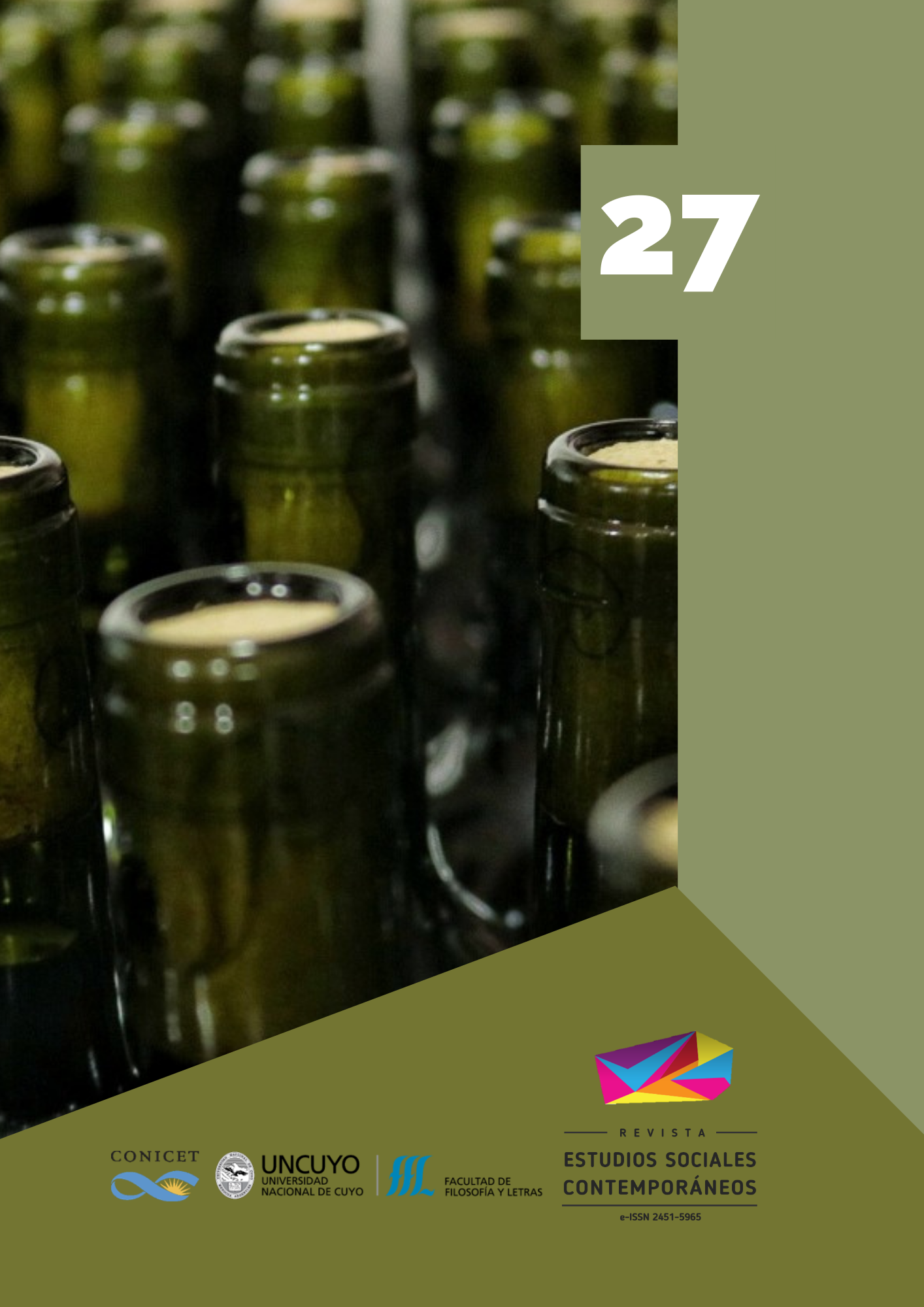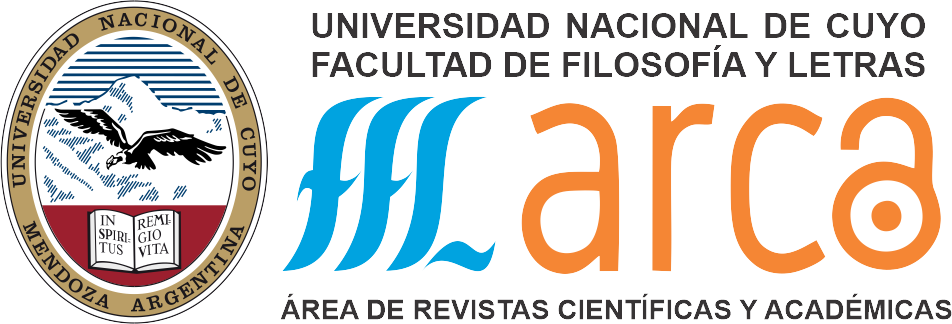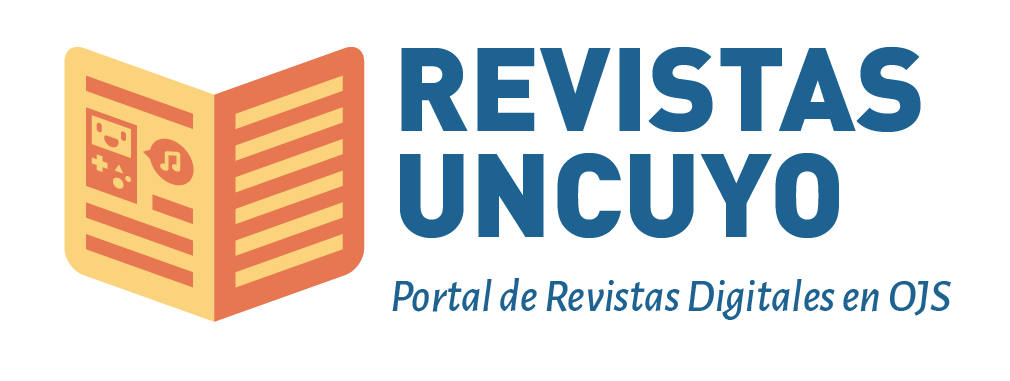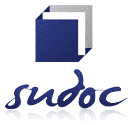The circulation of scientific production seen from the "periphery"
a case study on inter-institutional collaboration at UNSAM (2018)
DOI:
https://doi.org/10.48162/rev.48.044Abstract
According to the general management report of the Universidad Nacional de San Martín (UNSAM), 62 new international agreements entered into with institutions from 25 different countries under the formats of framework, specific and specific mobility agreements were approved in 2018. Now, what are the characteristics of these actions? And, more importantly, towards what channels of circulation of scientific production do they point?
This is the starting point of a work that seeks to contribute to generate a radiographic knowledge of the circulation map traced by the inter-institutional collaboration agreements agreed by the UNSAM in 2018 and in the field of research.
From the survey of data on the types of agreements entered into, the nature of the partner institutions and their geographical location, it was empirically verified that, looking at the geolocation of the partner scientific-technological organizations/institutions, most of them are located in the European continent. In this scenario, the direction of circulation pointed strongly towards an internationalization of inter-institutional relations marked by countries that we could call frequent partners of UNSAM: France, Germany and Spain.
References
ALBORNOZ, M y OSORIO (2018). El estado de la Ciencia. Principales Indicadores de Ciencia y Tecnología Iberoamericanos / Interamericanos. Buenos Aires: RICYT
BARSKY, O. (2014). La evaluación de la calidad académica en debate: los rankings internacionales de las universidades y el rol de las revistas científicas. Buenos Aires, Ed. Teseo, Universidad Abierta Interamericana.
BEIGEL F., GALLARDO O, y BEKERMAN, F. (2018). Institutional expansion and scientific development in the periphery. The structural heterogeneity of Argentina’s academic field (1983-2015). Minerva. A Review of Science, Learning and Policy, 56(3) pp. 205-331. https://doi.org/10.1007/s11024-017-9340-2
BEIGEL, F y BEKERMAN, F. (Coords.) (2019). Culturas evaluativas. Impactos y dilemas del Programa de Incentivos a Docentes-Investigadores en Argentina (1993-2018). Buenos Aires: CLACSO/IEC-CONADU.
BEIGEL, F. (2018). Las relaciones de poder en la ciencia mundial. Un anti-ranking para conocer la ciencia producida en la periferia. En Revista Nueva Sociedad. Nº 274, 13-28. https://www.nuso.org/media/articles/downloads/TG.Beigel_274.pdf
BEIGEL, F. (2019). Indicadores de circulación: una perspectiva multi-escalar para medir la producción científico-tecnológica latinoamericana. En Ciencia, Tecnología y Política, 2(3). https://doi.org/10.24215/26183188e028
BEIGEL, F. y ALGAÑARAZ (2020). Nuevos indicadores para reconocer las modalidades de interacción social de la universidad y coproducción de conocimientos. Propuestas y alcances del Manual de Cuyo. En Papeles del Observatorio N° 18. Observatorio Iberoamericano de la Ciencia, la Tecnología y la Sociedad (OCTS) de la Organización de Estados Iberoamericanos (OEI). Buenos Aires.https://observatoriocts.oei.org.ar/wp-content/uploads/2020/11/Papeles-18-Web-FINAL-DEF.pdf
BENITEZ DE VENDRELL, B. (2017). El presente de la comunicación científica. Revista La Rivada. Vol. 5, N° 8, pp. 1-19.
CEBRELLI, A. y ARANCIBIA, V. (2017). Los paisajes de la crisis. Los desafíos del campo científico en la Argentina neoliberal. Cuadernos de ciencias sociales, N° 8, vol 6, pp. 45-59: http://revistas.unne.edu.ar/index.php/dpd/article/view/2369
GUÉDON, J.C. (2011). El acceso abierto y la división entre ciencia “principal” y “periférica”. En Crítica y Emancipación, (6): pp. 135-180.
HEILBRON, J (2002). La bibliométrie, genèse et usages. Actes de la recherche en sciences sociales. Vol. 141-142, pp. 78-79.
HERNÁNDEZ, P.; NAVARRO CERDA, A. B. (2011). Internacionalización de la educación superior. Aprendizaje institucional en Baja California. En Revista de la educación superior. Vol. XL (3), Núm. 159, pp. 47-56.
KLEICHE-DRAY, M., VILLAVICENCIO, D. (Coords.) (2014). Cooperación, colaboración científica y movilidad internacional en América Latina. CABA: CLACSO.
KREIMER, P; LEVIN, L; JENSEN, P (2011). Popularization by Argentine researchers: the activities and motivations of CONICET scientists. Public Understand. Sci. N° 20, vol. 1, pp. 37–47
LIBERATORE, G., et al. (2020). Circuitos de circulación de la producción científica de la Universidad Nacional de Mar del Plata en la corriente principal: análisis de los hábitos de publicación (Issue May). https://doi.org/10.13140/RG.2.2.23361.17760
LÓPEZ, M.P y TABORGA, A. M (2013). Dimensiones internacionales de la ciencia y la tecnología en América Latina. Mirador Latinoamericano. Núm. 56, pp. 27-48.
OLLARVES, M., MIQUILENA, M. (2011). Importancia de los convenios en la internacionalización de los doctorados de la Universidad del Zulia. Ominia 17(3), pp. 49-67.
SCHWARTZMAN, S. (2009). Nacionalismo versus Internacionalismo en las políticas de formación de recursos de alto nivel. En Didou Aupetit, S., y Gérard, E. Fuga de cerebros, movilidad académica y redes científicas. Perspectivas latinoamericanas. México: UNESCO-IESALC.
UNZUÉ, M. y ROVELLI, L. (2017). Cambios, tendencias y desafíos de las políticas científicas recientes en las universidades nacionales de Argentina. Nueva Época, vol. 42, pp. 242-261. http://www.scielo.org.mx/pdf/tla/v11n42/1870-6916-tla-11-4200242.pdf






















